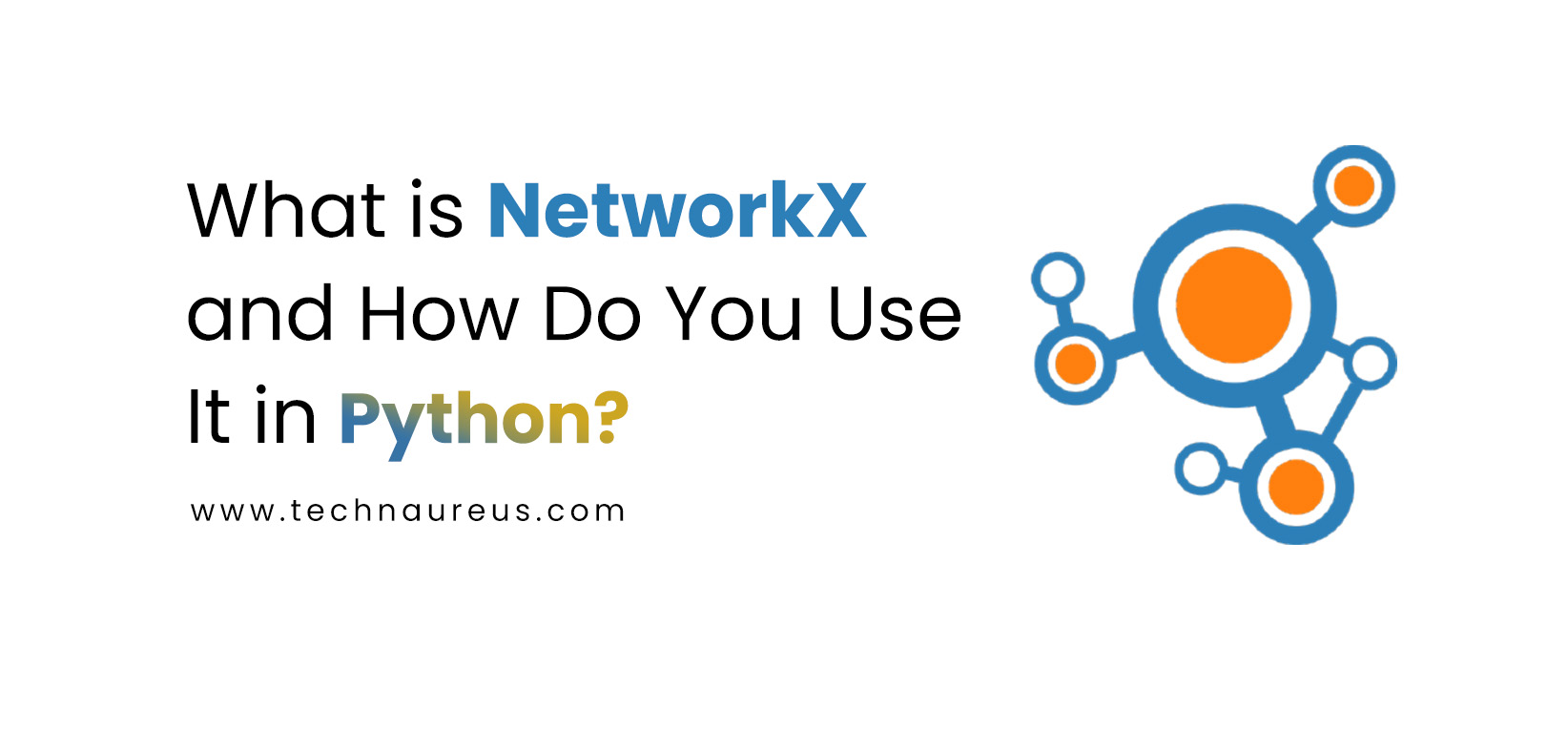Paul KVJuly 22, 2025
Ever wondered how social networks like Facebook recommend friends, or how Google Maps finds the shortest route? Behind the scenes, it all comes down to graphs — not the bar or pie kind, but nodes and connections that represent relationships.
If you're a Python user curious about how to analyze these complex networks, there's one library that stands out: NetworkX.
In this guide, we’ll break down what NetworkX is, why it’s useful, and how you can start using it with simple Python examples. No advanced math or jargon — just clear, practical steps.
NetworkX is a Python library designed to help you create, analyze, and visualize graphs and networks. Think of it as a toolbox for working with network structures like:
It’s open-source, beginner-friendly, and widely used in research, data science, and education.
Here are a few reasons why NetworkX is so popular:
Whether you're analyzing a Twitter network or solving a maze, NetworkX gives you the tools to do it with just a few lines of code.
First, make sure you have Python installed. Then open your terminal or command prompt and run:
If you also want to visualize your graphs, install Matplotlib as well:
Let’s walk through a beginner-friendly example to help you get started.
This creates an undirected graph. You can also use nx.DiGraph() for directed graphs.
Nodes can be anything: numbers, strings, or even custom objects.
Or add multiple at once:
Edges connect nodes.
You can also add all at once:
That’s it — you’ve just visualized your first network!
If you're working with connected data in Python, NetworkX is a powerful and beginner-friendly tool to explore. From simple visualizations to complex network analysis, it makes graph theory accessible even if you're just starting out.
Whether you're building social network maps or optimizing delivery routes, give NetworkX a try — you might be surprised how much insight a few connections can reveal.
Have you tried NetworkX yet? What kinds of graphs are you building? Drop a comment or share your thoughts below!
NetworkX is used to create, manipulate, and analyze graphs and networks such as social networks, transportation routes, or relationship maps.
Run pip install networkx in your terminal or command prompt. You can also install matplotlib for graph visualization.
NetworkX supports undirected graphs (Graph), directed graphs (DiGraph), and multigraphs that can have multiple edges between nodes.
Yes! NetworkX can draw graphs using Matplotlib, and it supports various layout algorithms for better visuals.
NetworkX is great for small to medium graphs. For very large networks (millions of nodes), libraries like igraph or graph-tool may be faster.

0